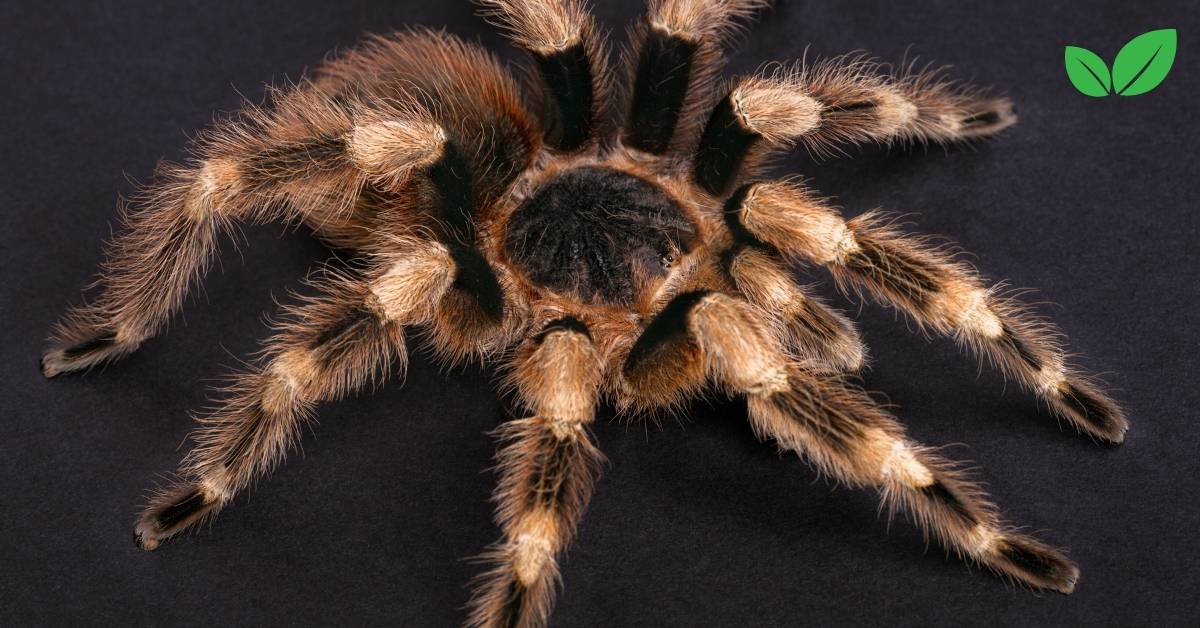Introduction
Nhandu chromatus, commonly known as the Brazilian Red and White tarantula, is a captivating arachnid known for its striking appearance and distinct ecological behaviors. Native to the tropical regions of Brazil, this tarantula plays a vital role in its environment. This article aims to delve into the environmental niche of Nhandu chromatus, shedding light on its habitat preferences, diet, reproductive behaviors, and interactions within its ecosystem. By understanding these facets, we can appreciate the importance of this species and the conservation efforts needed to preserve it.
1. Description and Taxonomy of Nhandu chromatus
Nhandu chromatus belongs to the family Theraphosidae, which comprises some of the largest spiders in the world. This species is easily recognizable due to its striking black and white striped legs and a red abdomen adorned with a unique pattern. The spider’s size, generally reaching a leg span of up to 17 centimeters, makes it an impressive sight in its natural habitat.
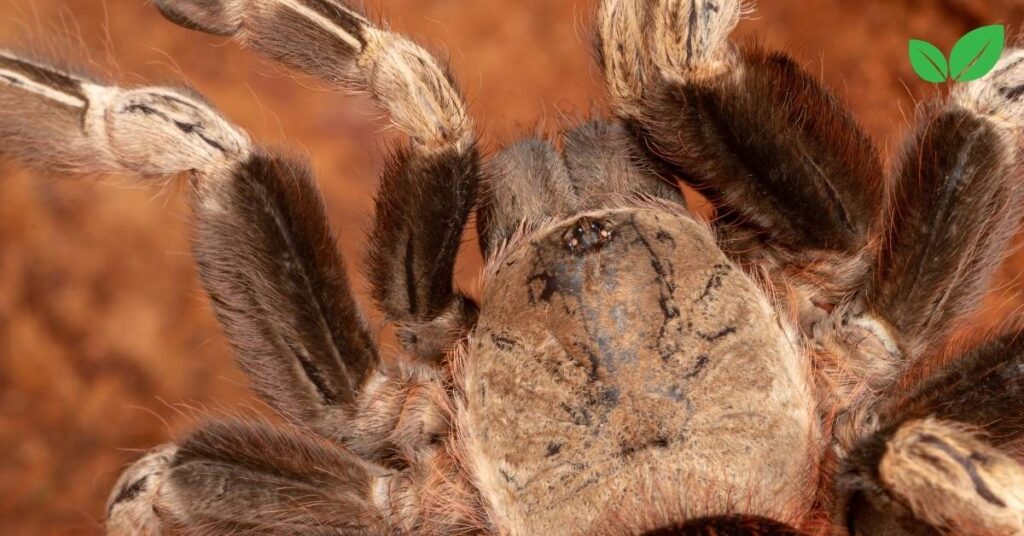
Taxonomically, the Nhandu genus is native to South America, with N. chromatus being one of its most notable representatives. Its classification is as follows:
- Kingdom: Animalia
- Phylum: Arthropoda
- Class: Arachnida
- Order: Araneae
- Family: Theraphosidae
- Genus: Nhandu
- Species: N. chromatus
2. Habitat and Distribution
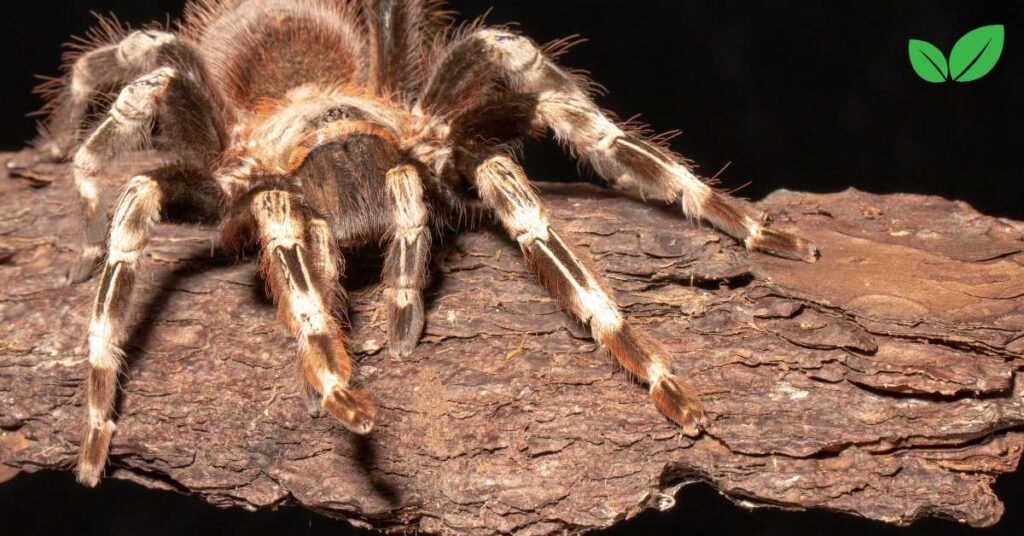
2.1 Geographic Range
Nhandu chromatus is endemic to the northeastern and central regions of Brazil, where tropical and subtropical climates dominate. This region is characterized by a rich variety of ecosystems, including rainforests, savannas, and grasslands. The tarantula prefers areas with a warm, humid climate, which supports its biological processes and life cycle.
2.2 Microhabitat Preferences
The tarantula is primarily found in terrestrial environments, often creating burrows in the soft, loamy soil of forests and grasslands. These burrows serve as a refuge from predators and extreme weather conditions. The burrowing behavior not only provides protection but also maintains the humidity levels crucial for the spider’s survival.
The typical burrow of Nhandu chromatus can extend up to 30 centimeters in depth and is lined with silk to prevent collapse and to help the spider detect vibrations on the surface. The silk lining also plays a role in maintaining a stable microclimate within the burrow.
2.3 Climatic Conditions
Nhandu chromatus thrives in warm temperatures, with an optimal range of 24–30°C (75–86°F). The regions where this tarantula is found experience significant rainfall, which supports the lush vegetation and abundant prey populations that sustain the tarantula’s dietary needs.
3. Diet and Feeding Habits
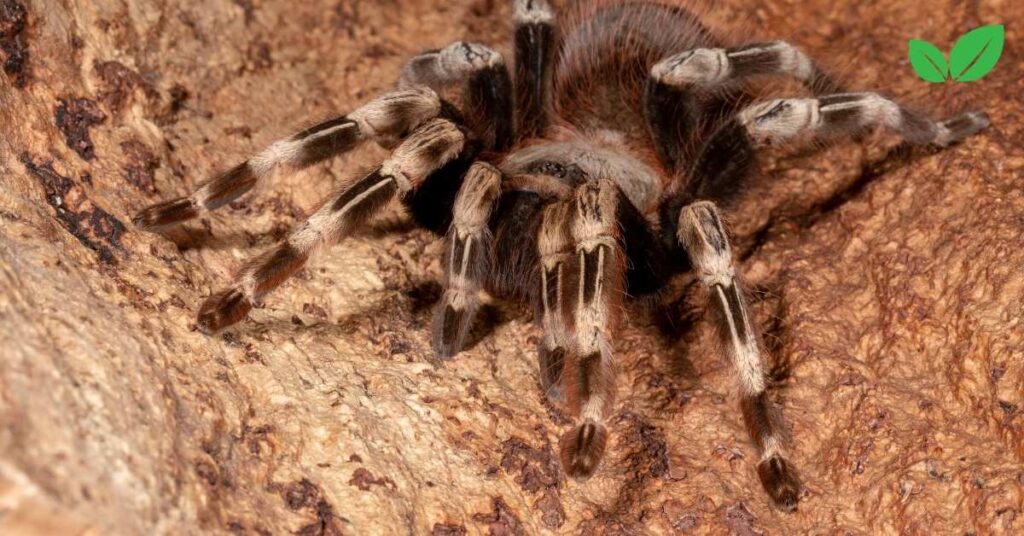
3.1 Carnivorous Diet
Nhandu chromatus is a carnivorous predator, primarily feeding on insects and small vertebrates. Its diet includes crickets, beetles, grasshoppers, and, occasionally, small rodents or lizards. The tarantula employs a sit-and-wait predatory strategy, lurking in its burrow or at the entrance until potential prey comes within striking distance.
3.2 Hunting Techniques
Equipped with powerful chelicerae and venom, Nhandu chromatus can subdue prey quickly. The venom immobilizes the prey and begins the digestion process by breaking down bodily tissues. This tarantula’s hunting technique is highly effective due to its keen sensory abilities, allowing it to detect the faintest vibrations caused by nearby prey.
The tarantula’s diet varies with seasonal changes. During periods of heavy rain, when prey is more abundant, it feeds more frequently. However, during drier months, it conserves energy by reducing its metabolic activity and may go weeks without feeding.
4. Reproductive Behavior
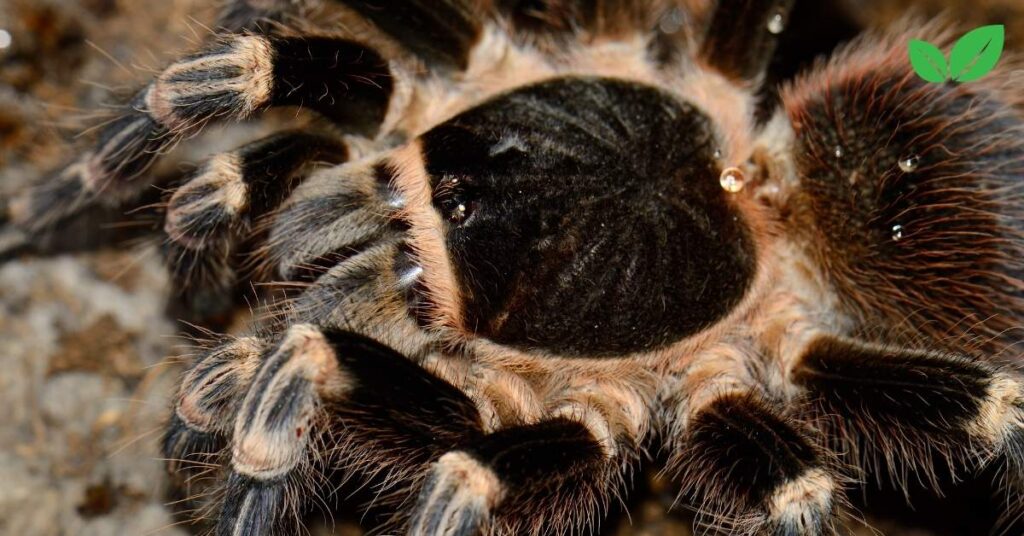
4.1 Courtship Rituals
The mating process of Nhandu chromatus is intricate and involves a complex courtship ritual. Males reach sexual maturity at around 2 to 3 years, while females take slightly longer, reaching maturity between 3 to 4 years. The courtship begins when the male locates a female’s burrow and performs a drumming pattern using its pedipalps. This vibration signals his presence and willingness to mate.
If the female is receptive, she emerges from her burrow, and the pair engages in a careful dance. The male must be cautious during this process, as the female may become aggressive if provoked or disinterested. Successful mating results in the male depositing a sperm packet, which the female uses to fertilize her eggs.
4.2 Egg Sac and Offspring Development
After mating, the female constructs an egg sac within her burrow, which she guards diligently. An egg sac of Nhandu chromatus can contain between 100 to 200 eggs, and incubation typically lasts for about 6 to 8 weeks. The mother’s protective behavior ensures a higher survival rate for the hatchlings, which emerge as spiderlings and stay with the mother for a short period before dispersing.
The juvenile tarantulas are independent from a young age, taking to the surrounding environment to establish their own burrows and continue the life cycle.
5. Role in the Ecosystem
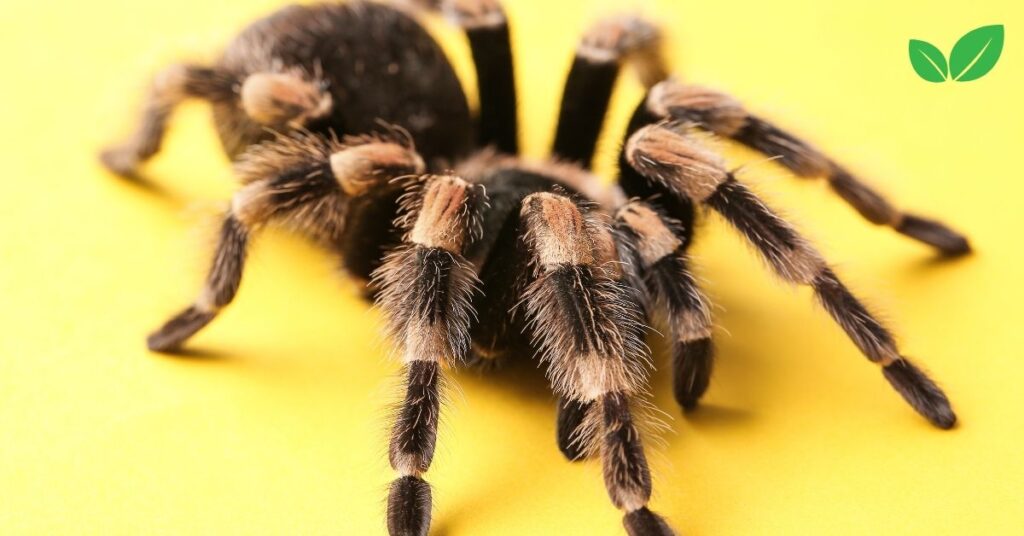
5.1 Predator-Prey Dynamics
Nhandu chromatus plays a significant role as both a predator and prey in its ecosystem. Its predation helps control insect populations, contributing to a balanced environment. By preying on a variety of arthropods, the tarantula maintains the diversity and population dynamics within its habitat.
5.2 Prey for Other Species
Despite being a formidable predator, Nhandu chromatus also serves as prey for larger animals. Birds, mammals, and reptiles occasionally hunt tarantulas, relying on them as a food source. This interaction contributes to the food web’s complexity, highlighting the tarantula’s importance within its niche.
5.3 Soil and Vegetation Impact
The burrowing behavior of Nhandu chromatus contributes to soil aeration and nutrient mixing. By digging into the ground, the tarantula helps improve soil structure and drainage. This, in turn, benefits plant growth, which relies on aerated and nutrient-rich soil. The presence of tarantulas can indirectly promote healthier vegetation and more robust ecosystems.
6. Adaptations for Survival
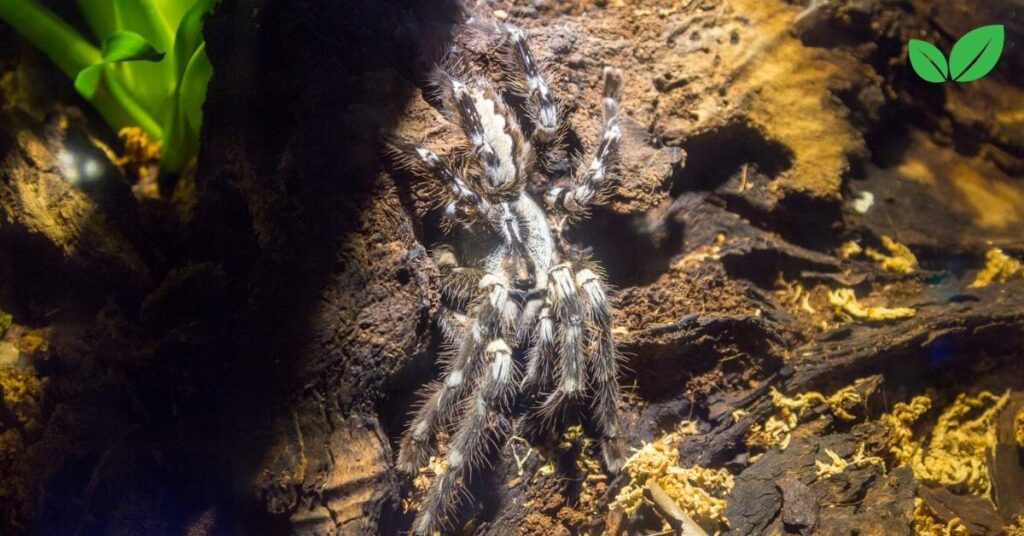
6.1 Physical Adaptations
Nhandu chromatus has evolved several adaptations that allow it to thrive in its environment. The tarantula’s exoskeleton provides protection from physical damage and predators. Its coloration serves as camouflage, blending seamlessly with the leaf litter and forest floor.
The urticating hairs located on its abdomen are another critical defense mechanism. When threatened, the tarantula can flick these tiny, barbed hairs into the air. These hairs irritate the skin and mucous membranes of potential predators, deterring them from attacking.
6.2 Behavioral Adaptations
Nhandu chromatus is predominantly nocturnal, reducing exposure to daytime predators. This behavior also aligns with the activity patterns of its prey, which are often more active at night. The tarantula’s keen ability to detect vibrations helps it sense both prey and threats, allowing it to react promptly.
7. Conservation Status and Threats
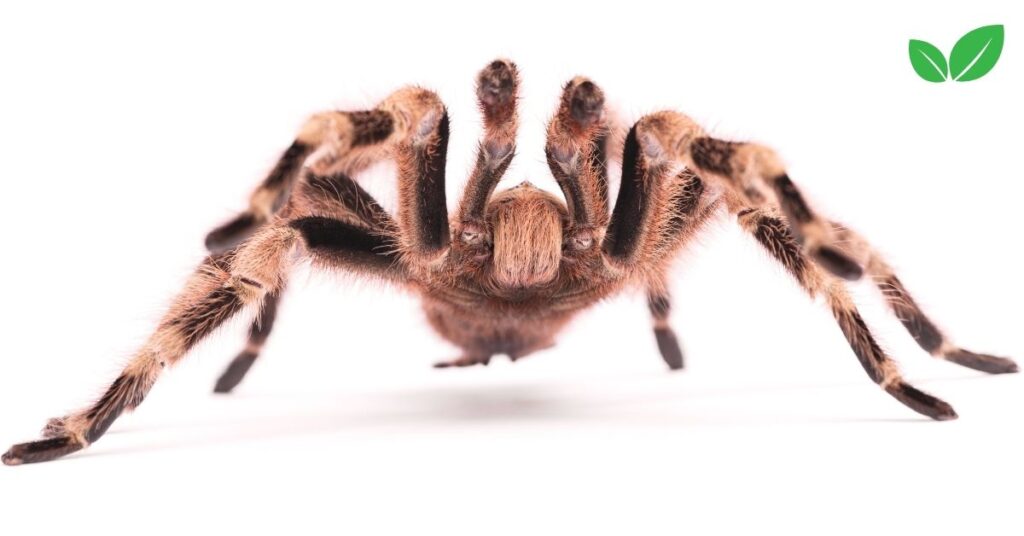
7.1 Current Status
Currently, Nhandu chromatus is not listed as endangered or vulnerable. However, like many species, it faces challenges due to habitat loss and environmental changes. Deforestation in Brazil poses a significant threat to this tarantula’s natural habitat, as large swathes of tropical forests are cleared for agriculture and urban development.
7.2 Human Impact
Human activity, including deforestation and the illegal pet trade, contributes to the decline of tarantula populations. While Nhandu chromatus is a popular species among exotic pet enthusiasts, unsustainable collection from the wild can disrupt local ecosystems and reduce genetic diversity.
7.3 Conservation Measures
Conservation efforts aimed at preserving tropical habitats are essential for maintaining the populations of Nhandu chromatus. Protected areas, sustainable land-use practices, and stricter regulations on the pet trade can help mitigate the impact on wild populations. Educating the public on the ecological importance of tarantulas also plays a crucial role in promoting conservation.
8. Conclusion
Nhandu chromatus is more than just a striking and exotic arachnid; it is an integral component of its ecosystem. By serving as both predator and prey, it helps maintain the balance of its habitat. Its unique adaptations allow it to thrive in the diverse and often challenging environment of Brazil’s tropical regions.
Understanding the environmental niche of Nhandu chromatus highlights the interconnectedness of species within an ecosystem and underscores the importance of conserving their habitats. Protecting these spiders and their environment not only preserves their species but also supports the broader health of tropical ecosystems that are vital for global biodiversity.
In a world facing unprecedented ecological challenges, recognizing and safeguarding the habitats of creatures like Nhandu chromatus is more important than ever. This fascinating tarantula reminds us of the beauty and complexity of nature and the role that each species plays in maintaining ecological harmony.
Read More: Poecilotheria metallica: The Environmental Niche of a Unique Tarantula

